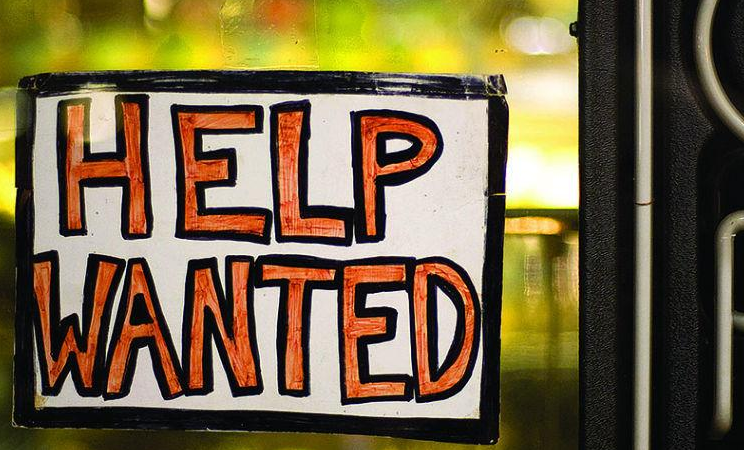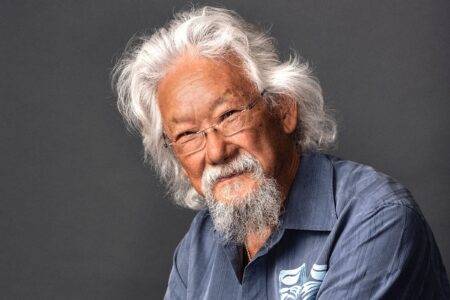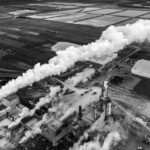What a difference nine months makes: unemployment jumps in Kootenay region
In less than nine months the Kootenay region went from the lowest unemployment rate in B.C. to the highest, more than doubling in that time.
In November, the Kootenay region recorded an unemployment rate of 6.9 per cent, more than one per cent higher than the rate in October (5.7 per cent), and up significantly from 2.9 per cent in February. The rate was also up from one year ago when it was 5.2 per cent, according to figures from Statistics Canada.
Across the province the average rate was 5.3 per cent — one of the lowest in the nation — with the national rate edging up slightly again (.1 per cent) to 5.8 per cent, a rise that began in April.
Population growth continued to rise above job creation in the nation, according to StatsCan — with the economy gaining 25,000 jobs — accounting for the rise in unemployment. The same scenario can also be attributable to the Kootenay region’s rise.
The rise in population over the last few months across the Kootenays accounted for the difference in the amount of people looking for work in the region. With the highest rate in the province — 79,900 people were working (83,300 in February) and 5,900 looking for work (2,400 in February) out of a population of 143,200 — it matched the rate of unemployment in December, 2022, but was down from the 5.4 per cent rate from one year ago.
Despite numerous “for hire” window advertisements in downtown Nelson, the inability to put people to work in the city and the surrounding region has risen from the 2.9 per cent unemployment rate in February.
So far this year, B.C. has added 56,300 jobs, said Brenda Bailey, minister of Jobs, Economic Development and Innovation.
“As we approach the end of 2023, the latest Labour Force Survey (LFS) from Statistics Canada shows that despite high interest rates and a slowing global economy, B.C.’s job growth remains steady with a gain of 9,000 jobs,” she said in a statement.
Self-employment decreased in November, Bailey pointed out.
“B.C.‘s average wage is now the highest in Canada and we have had the highest wage growth in the country since 2017.
Across the Kootenay region employment increased in manufacturing and construction but declined in wholesale and retail trade, finance, insurance, real estate, rental and leasing. According to StatsCan, the number of private sector employees rose by 38,000 in November, while the number of public sector employees didn’t change much.
The average hourly wages rose 4.8 per cent to $34.28 in November.






















